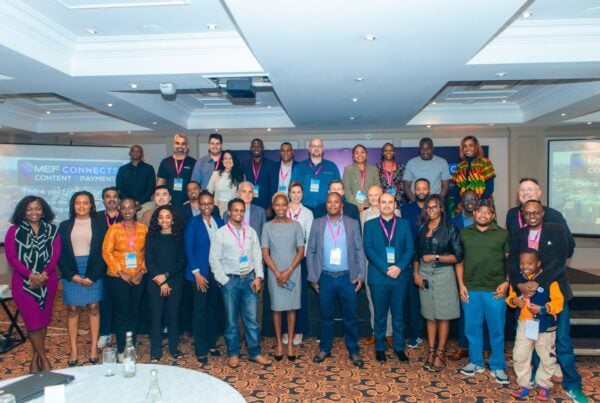Microsoft is creating a single ‘store experience’ for all of its devices. It’s giving developers the option to write once for any device from tablet to 88 inch Surface Hub – and it believes direct carrier billing will be key to monetising this content post-sale. In a third exclusive DCB video supported by Bango, Grahame Riddell, Microsoft’s Director of Carrier Billing, explains why.
There’s a received wisdom that direct carrier billing is for spontaneous digital purchases only. Or for low-ticket items where a friction-free purchase really counts.
Not necessarily.
Ask Microsoft.
It regularly sells digital content products for 100 euros by DCB in some European markets.
“We’ve been pleasantly surprised by the price points that people are prepared to use carrier billing for,” says Grahame Riddell, Microsoft’s Director of Carrier Billing.
“Where operators have the price point capability for it – in some countries in Europe – we’ve seen people pay upwards of 100 euros by DCB for a Windows 10 Pro licence for their desktop PC or laptop.”
Microsoft has a global plan for offering carrier billing on the Microsoft Digital Store. We want people to have a consistent payment experience across multiple devices, so they will keep coming back.”
“People used to say: in developed markets, why would you want to offer carrier billing? But it’s about giving customers choice. So we regularly see some customers change their purchase method depending on the time of month or the type of content item they want to buy.”
The realisation that customers will spend big from the phone bill is a welcome extra benefit of Microsoft’s commitment to carrier billing. In fact, Microsoft has made the payment method central to its current strategy.
Under CEO Satya Nadella, Microsoft has worked to making Windows 10 applications run the same way across any compatible hardware product – from phones to laptops to Xbox to the 88 inch Surface Hub. At present, that’s an addressable market of 600 million devices.
Clearly, the strategy won’t succeed unless the digital purchase experience is the same for the products too. This is where DCB comes in.
The arguments are familiar: DCB is the payment process anyone can use; it’s available to consumers in developing markets; it’s (almost) friction-free.
 The company began the process of offering DCB in 2015 when it worked with payment specialists including Bango to start connecting operators to its digital store. At time of writing it has 37 operators live across 23 countries.
The company began the process of offering DCB in 2015 when it worked with payment specialists including Bango to start connecting operators to its digital store. At time of writing it has 37 operators live across 23 countries.
“Microsoft has a global plan for offering carrier billing on the Microsoft Digital Store,” says Riddell. “We want people to have a consistent payment experience across multiple devices, so they will keep coming back. That means offering a range of options. We’re trying to include local channels like Alipay, Sofort and Ideal and, obviously, carrier billing too.”
However, the appeal of DCB is not just about ease-of-payment. For large global merchants – like Microsoft, but also the big streaming music and video companies – there’s a customer acquisition dimension too.
Riddell explains: “We clearly see that global merchants like ourselves want to offer carrier billing as a payment instrument. But once you have the customer engagement, I think you can use that as a promotional tool.
“You can offer a service free for a limited time, and when it comes time to charge for it, the service automatically defaults to carrier billing. So when there is a high ticket item, you use carrier billing for marketing. You get customers comfortable with it, then if there’s a monthly subscription you can make a lot of extra revenue.”






